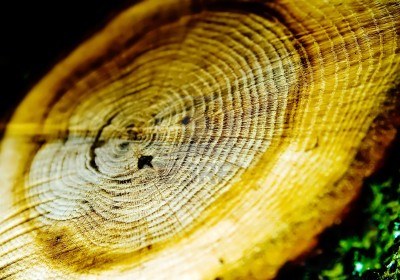When I began the beauty fast that became my memoir, I chopped off my hair and tossed my makeup in a rebellion against Artifice.
“Yahoo!” I said. “I’m the real thing!”
I was immediately stricken with flu. The real thing spent three days lying prone on the couch. When I could stand upright I showered, dressed, observed that my face belonged in a morgue, and reached reflexively for my mask: makeup that concealed ill health and fatigue, jewelry that suggested delight where there was none, clips to hold that proud banner of feminine attractiveness, long hair. But my vanity table tools were all gone, and in that moment of terror I thought: “If I myself am afraid of the truth here, how will others feel about me showing it to them?
Honesty is always pitched as something that will salve our consciences, liberate us, and nurture our spirits, and it usually does, just not all at once, and not in every context. As I headed into public that day with sunken cheeks and violet under-eye bags I knew I would feel better with some barricade between me and the world, even if it was a barricade I no longer liked.
We tend to bemoan that artifice greases the wheels of human interactions—particularly the briefest of these in which “old or young?” and “groomed or slovenly?” are decided in an instant. To deny this reality is to contest a pile of inconvenient research suggesting certain fixed standards of attractiveness and familiarity do win us attention, kindness, opportunities and reduced punishment. We’re also dragged kicking and screaming into admitting many of our tech-age interactions with other humans are two- or three-second assessments of social media profiles, promotional bios, resumes, or pitches. Even emails and texts force our hands to fakeness—messages full of exclamation points and emoticons reveal authors frustrated at the lack of human warmth in digital mediums.
Authenticity—or whatever we think we mean by it–seems so noble by contrast, winning the moral high ground from artifice because of its nearer proximity to the sacred. Even before my infant daughter’s birth, I felt in awe of the authentic life in her; it seemed magical, even holy. And when she was born she was magnificent without a hair on her head or a stitch of clothing. This awe was at sharp odds with the annoyance I felt toward my own imperfect package. I knew if I didn’t want my daughter to adopt this unfortunate mental cramping, I had to re-ignite awe toward myself. I began my experiment because I needed to appreciate the miracle of my own life, and confront its true condition.
The truth? I was at a nadir of poor health, parental anxiety, social insecurity, and professional doubt. And despite once-overs from a few well-dressed neighbors and a chronic sensation of nakedness, I kept up with my experiment because my unmasked face told a story I couldn’t ignore. I was forced to make crucial fixes.
But these changes were only half the equation. My fellow work-at-home parents were accepting of my plain-jane state, but I encountered valid, sharp criticism from women who’d worked in competitive office environments, where careful management of one’s femaleness is a required professional skill. I also reasoned that if my stylized feminine mask had caused dislike for my raw female materials, perhaps I should consider dressing like a Buddhist nun forever. (Nope, as a married thirty-three year old with a drama-nerd’s taste for hoop skirts and headdresses, I wasn’t ready for it.) As the months passed I realized I wasn’t seeking one authentic look, or expression of self, but the freedom to move with joy between my unadorned face and body and the ever-shifting cultural and social landscape around me, a landscape full of artifice.
During my experiment, I often walked in the country parks near our apartment in Hong Kong. I admired the Banyan trees there, and their unconcern with abstractions. In time, as I posed my knotty questions beneath the thick jungle canopy, the duality between authenticity and artifice eased and softened. I came to see the two extremes as being as closely intertwined as the banyans and the vines around them. And ultimately the banyans’ concrete physiology of roots, trunk and leaves suggested a framework for the interplay in my own life.
Today I think of self-presentation as a series of concentric circles, like the rings of the tree. At the center—the inner core– is the gift of my life. At the exterior edges are bark and leaves- my work, my art, and my words: those things I make for the world and habitually release and let go. Between these are rings with varying degrees of nourishment, protection, enhancement, and representation. My healthy habits surround the core (great food, exercise, adequate rest) and are bolstered by good choices about my environment (green cosmetics, no gossip magazines, few mirrors).
My interactions with others fall into rings further out: close family and friends see a concrete self that laughs loud and works hard; my social media identities and posts reveal an individual of certain tastes and interests; my C.V. and LinkedIn profile present a spell-checked professional persona built of accomplishments. In an increasingly fast-paced and representational world, a flexible personal, brand identity isn’t just useful, it’s often a crucial bulwark against an ever-more invasive and automated culture of commerce and entertainment. And when necessary, it’s not so hard to subvert this culture with practices it has no patience for: the energetic exchange of in-person meetings and the intimacy of the phone.
I sometimes thought I was rejecting appearances and searching for “inner beauty” during my experiment, but what I really sought was mindfulness about the full spectrum of inner and outer states available to me. Today it’s as if I’ve rejiggered the privacy settings on my whole life; by re-claiming awe toward for the innermost part of myself, I’ve freed myself to acknowledge that artifice stems from art, humankind’s unique ability to transcend ordinary life in the service of celebrating it. In choosing, mindfully, what to burnish and display, I now face the world with generosity and delight instead of fear and desperation, knowing I honor that for which no art is needed.




